What is Batik?
Resist dyeing techniques have been around for centuries. Some of the earliest wax-resist textiles can be traced back to more than 1,500 years ago and found in Ancient Egypt, Tang Dynasty China, Nara Period Japan, among other cultures. But Batik, a wax-resist dyeing technique, only came to prominence between the 19th and 20th centuries in Indonesia due to its wide use for clothing. At the peak of their popularity, batik textiles were brought across oceans and seas to all parts of the world by traders and were very much well-received!
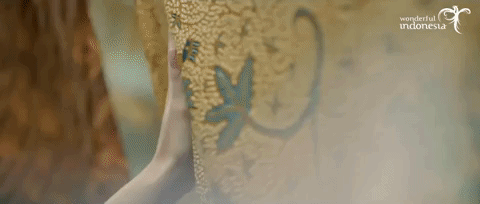
Source: GIPHY
Originating in Indonesia, the word batik comes from the Javanese word ‘tik’, which means to dot. Batik can be both a verb (to batik) and a noun (an object made by batiking). Though commonly used on fabrics, batik techniques can also be used on paper, wood, leather and even ceramic surfaces.
Process and Characteristics
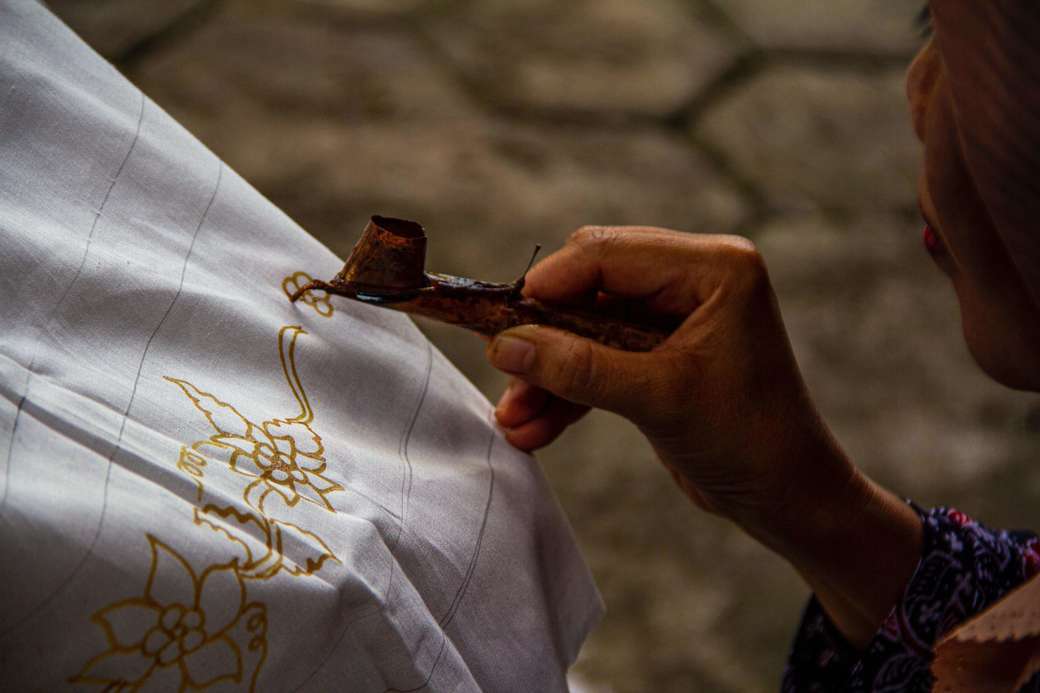
Designing of batik using a tjanting
On a piece of cloth, designs are first sketched then traced over with melted wax using a spouted tool known as tjanting. Copper block stamps called the cap may also be used, though the tool was only introduced to the batik industry during the late Dutch colonial era when mass-produced batiks rose in demand alongside the Dutch trade industry in Southeast Asia.
As oil-based wax does not mix with water-based dyes, the wax functions as a seal that protects the covered areas from dye. After the first dye is applied, the fabric is left to dry. Then, the dyed fabric is soaked in boiling water to remove the wax. Another layer of wax is subsequently applied to create intricate patterns, with the process of dyeing and wax-removing repeated until the entire fabric is dyed in rich layers of colours.
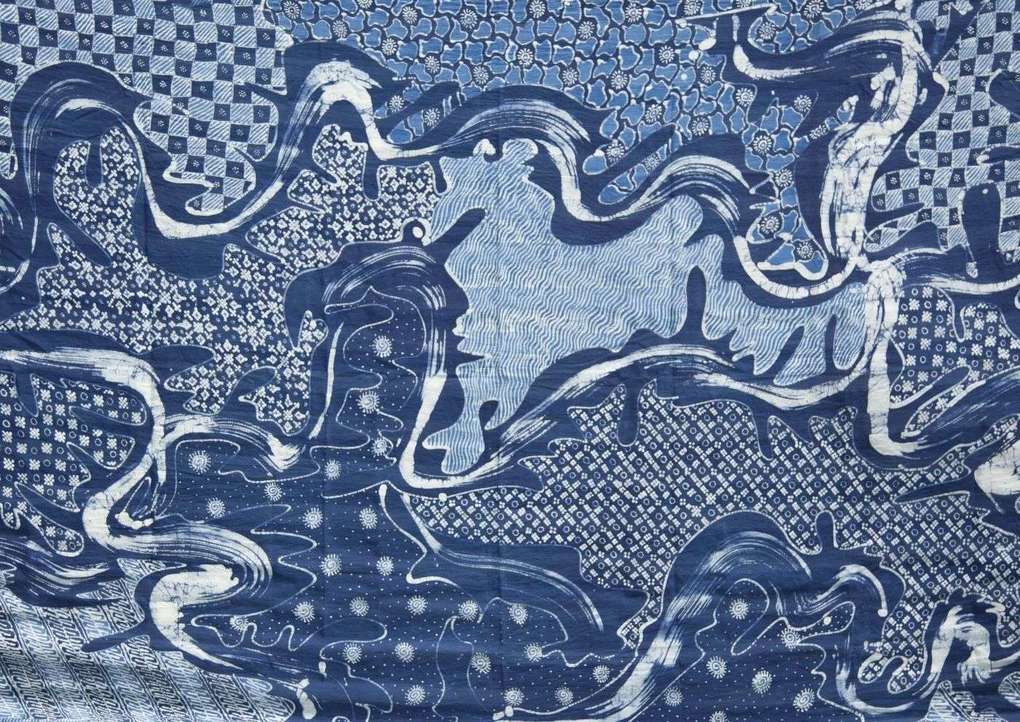
Java Blues by Indonesian Contemporary Art and Design (ICAD) by Artura
Source: superdesignshow.com
On the other hand, contemporary batik may use a wide variety of techniques to apply the wax and dyes — spraying, etching, discharging, cracking or marbling. Tools used can include stamps, brushes and stencils. The artist may also experiment with wax recipes of different resist values like soy wax, beeswax or paraffin wax, to create different effects and patterns.
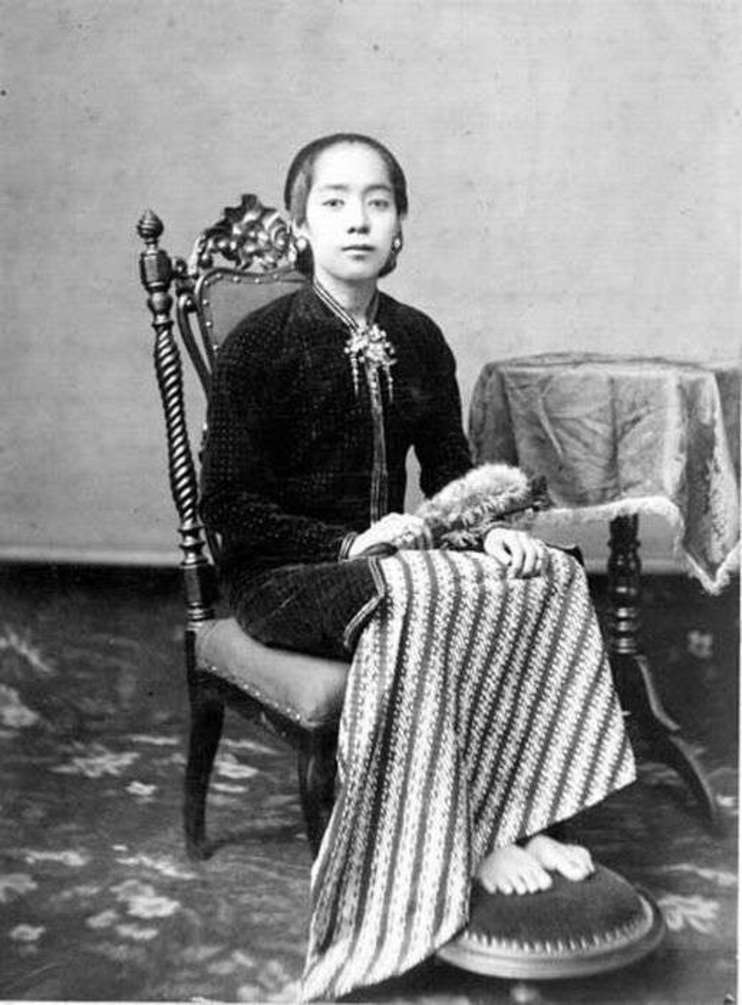
Ratoe Madoeretna, daughter of sultan Hamengkubuwono VII of Yogyakarta wearing batik with parang rusak motifs
Source: Tropenmuseum
Batik textiles often feature geometrical or abstract designs, repeated to form aesthetic patterns. Historically, certain designs are used to show social standing. The knife-like parang pattern, for example, is reserved for royalty. Other designs like the celestial truntum pattern, which represents the abstract concept of love, are used only during special occasions such as weddings.
Inspiration for batik motifs can be found everywhere — from nature to famous folklore, history, and even human emotions like love and happiness. More often than not, batik designs are examples of symbolism. The wayhu tumurun motif symbolises divine blessing and is worn by those seeking enlightenment or everyday blessings.
Modern Uses
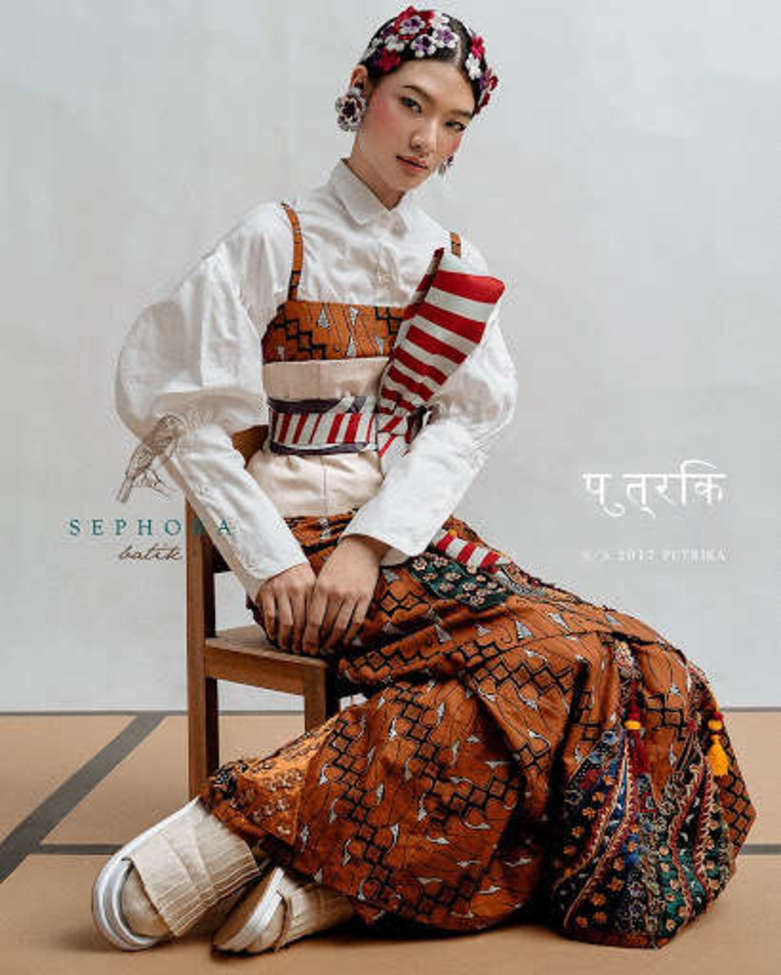
Sephora Batik, shot by Ryan Tandya
Source: npmphoto.com
Batik has long been referred to as the traditional fabric of Indonesia. In 2009, Batik was added to UNESCO’s Intangible Cultural Heritage of Humanity list. Annually, October 2nd is known as Batik Day for the Indonesians to celebrate the historical craft. If you thought that was all, every Friday is also Batik Friday, where all in Indonesia are encouraged to wear batik!
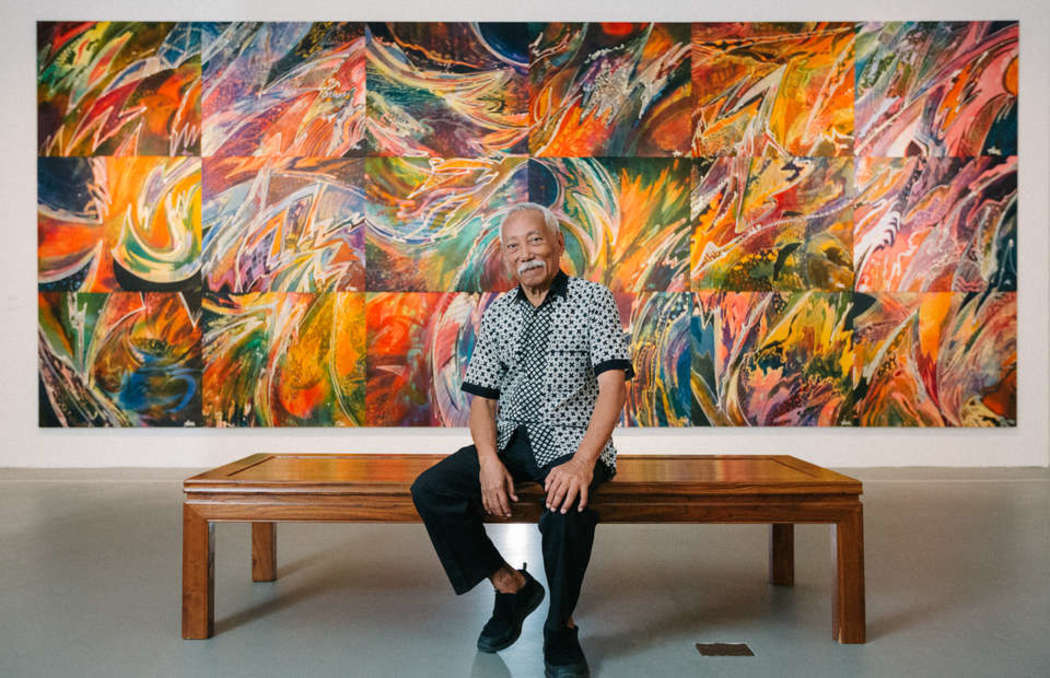
Singaporean batik artist Sarkasi Said with one of his works, View of Life, at the ...Always Moving exhibition at the National University of Singapore Museum
Source: NUS Museum / Hoong Wei Long
In the world of contemporary art, batik is a medium favoured by many artists. Artists like Chuah Thean Teng and Sarkasi Said have turned batik into fine art through paintings that spotlight the art form in galleries and art museums. Batik designs have also been incorporated into designer fashion and bespoke furniture, with many labels offering a modern rendition of batik clothing, blankets, upholstery, and surprisingly, wallpaper.
A homegrown brand in Singapore worth checking out is YeoMama Batik! Using traditional handmade batik to create clothing for the modern lifestyle, each piece is handmade from start to finish, empowering the batik craft and community in Indonesia. #SupportLocal and check them out here!
Get hands-on with batik!
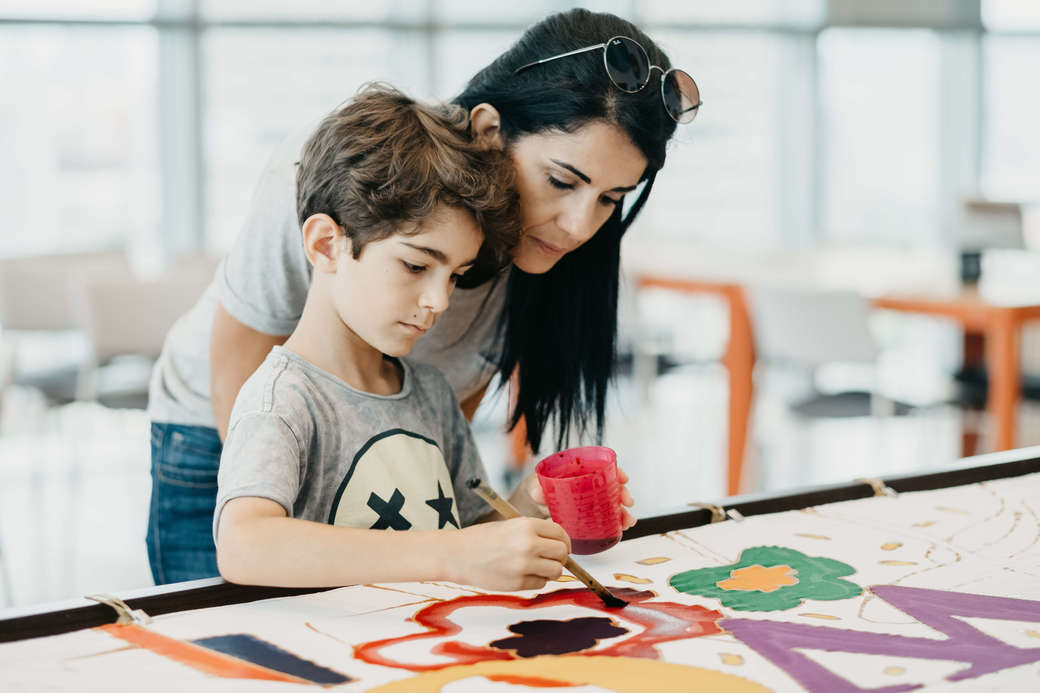
Try Batik Painting! | Beginner batik painting workshop by Culturally Singapore
Come experience the traditional art of batik painting in our open studio. Create batik pieces with traditional tools like the tjanting and be guided by experienced batik artisans on the processes of waxing and dyeing. Take home a piece of Indonesia’s richest tradition, 100% handmade by you.
Find out more here.
• • •
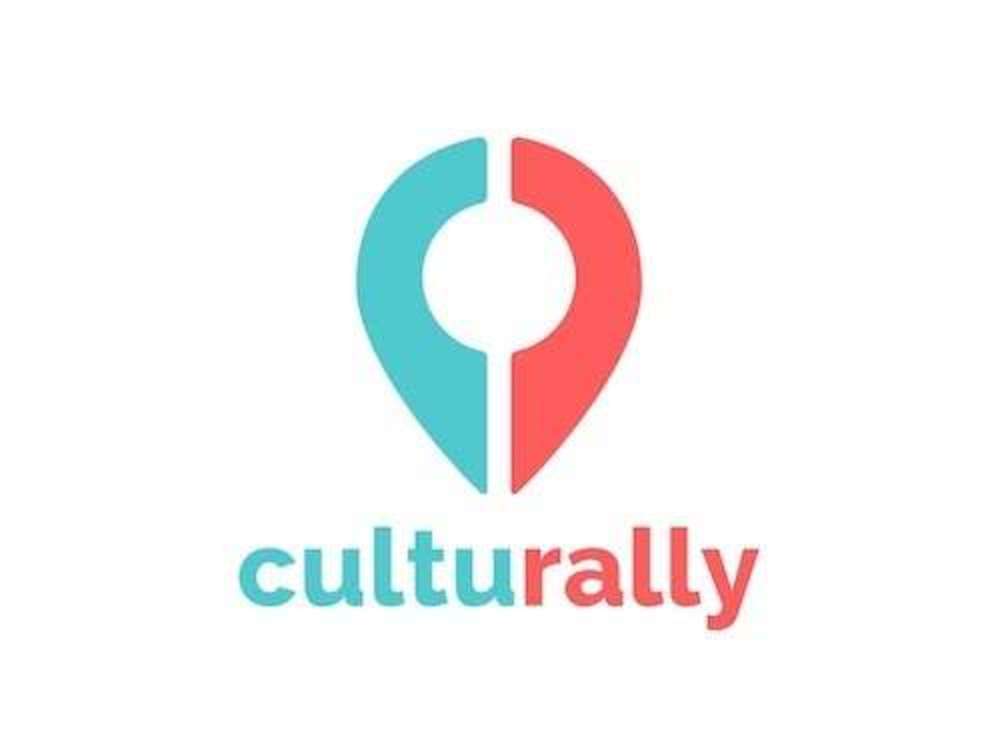
At Culturally, we offer customised hands-on cultural experiences for you and your loved ones to enjoy and have fun whilst learning about other cultures!